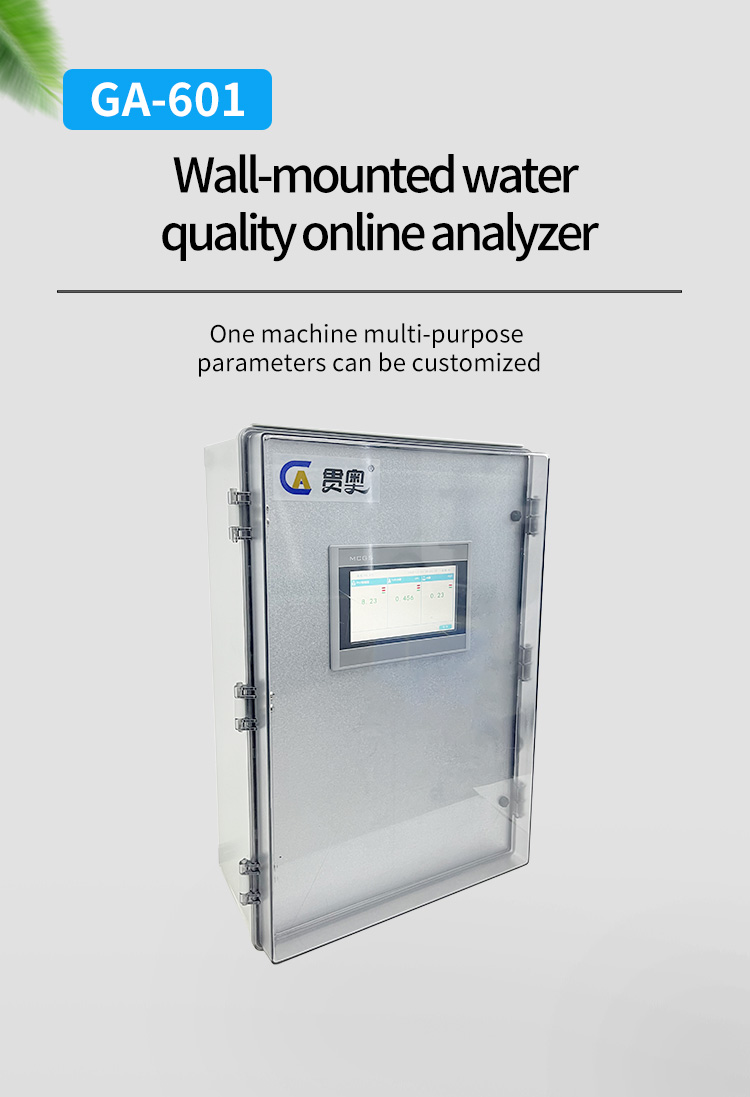How often is the secondary water quality tested? With this question, we also consulted a lot of data and standards, and also consulted some professional water quality inspectors. Although there are some differences in the answers obtained, they are not big. According to the standard of GB 17051-1997 Hygienic Code for Secondary Water Supply Facilities, the secondary water supply management unit shall conduct a comprehensive cleaning and disinfection of the facilities once a year, and inspect the water quality, so as to timely find and eliminate potential pollution hazards and ensure the health and safety of residents' drinking water. However, some inspectors said that the water quality of the secondary water supply should be tested twice a year. However, most of the relevant regulations in some places also require that the secondary water supply should be conducted once every six months. For example, the Regulations of Xi'an on the Management and Health Supervision of the Secondary Drinking Water Supply in Xi'an proposed that the secondary water supply unit should clean and disinfect the water supply facilities at least once every six months, and entrust a qualified unit to test the water quality, so as to ensure that the secondary water supply quality meets the national standards, and can only be used after passing the test.
However, as people pay more and more attention to water resources, once a year or once a half a year can no longer meet people's needs. More local relevant departments began to require testing once a quarter or a month. For example, the Measures for the Administration of Urban Water Supply in Zhengzhou City stipulates that urban public water supply enterprises, water supply units with self built facilities and secondary water supply facility management units should test the water quality at least once a month, and report to the urban water supply administrative department and the health administrative department for publicity on their information platforms.
The urban water supply administrative departments and the health and hygiene administrative departments shall supervise and inspect the inspection of the quality of urban water supply.

What are the items of secondary water supply quality inspection
We said how often the secondary water supply needs to be tested. Next, we will introduce what items need to be tested for the secondary water supply. We said that there are also corresponding standards for secondary water supply. From these standards, we can find that the items to be tested for secondary water supply at present include chromaticity, turbidity, smell and visible matter, pH, coliform group, total bacteria, residual chlorine, total hardness, chloride, nitrate nitrogen, volatile phenol, cyanide, arsenic, hexavalent chromium, iron, manganese, lead, ultraviolet intensity, ammonia nitrogen, nitrite nitrogen, oxygen consumption, etc.Among them, chromaticity, turbidity, smell and visible matter, pH, coliform group, total bacteria and residual chlorine are required to be measured, and they are also part of the nine parameters for routine detection of daily drinking water. Through these parameters, we can make an accurate judgment on whether the water body is polluted. In addition, these items are very prone to problems. In particular, if coliform bacteria and total bacteria exceed the standard, they will have a serious impact on human health in a short period of time,
The total hardness, chloride, nitrate nitrogen, volatile phenol, cyanide, arsenic, hexavalent chromium, iron, manganese, lead and ultraviolet intensity are selected. In addition, ammonia nitrogen, nitrite nitrogen, oxygen consumption, etc. are added to the new secondary water supply standard, which shows that more and more people begin to pay attention to the quality of secondary water supply.
Which testing standards are used for secondary water supply
The secondary water supply inspection can generally refer to the Hygienic Code for Secondary Water Supply Facilities (GB 17051-1997), and the inspection method can refer to the Standard Inspection Method for Drinking Water (GB 5750). However, in recent years, more and more places have begun to issue relevant regulations, so you can refer to the urban water supply management methods of various cities or the relevant provisions of secondary water supply for regular water quality inspection.However, we can also take regular or real-time monitoring of water quality changes in combination with specific conditions when conducting secondary water supply quality testing.



